WHAT TO CONSIDER WHEN BUILDING AN ORNAMENTAL FENCE
- By Admin
- •
- 03 Sep, 2018
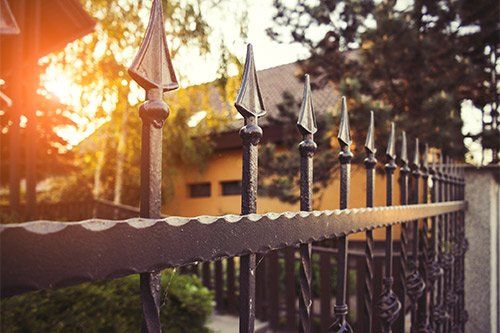
WHICH FENCING MATERIAL SHOULD YOU USE?
WHAT IS YOUR BUDGET
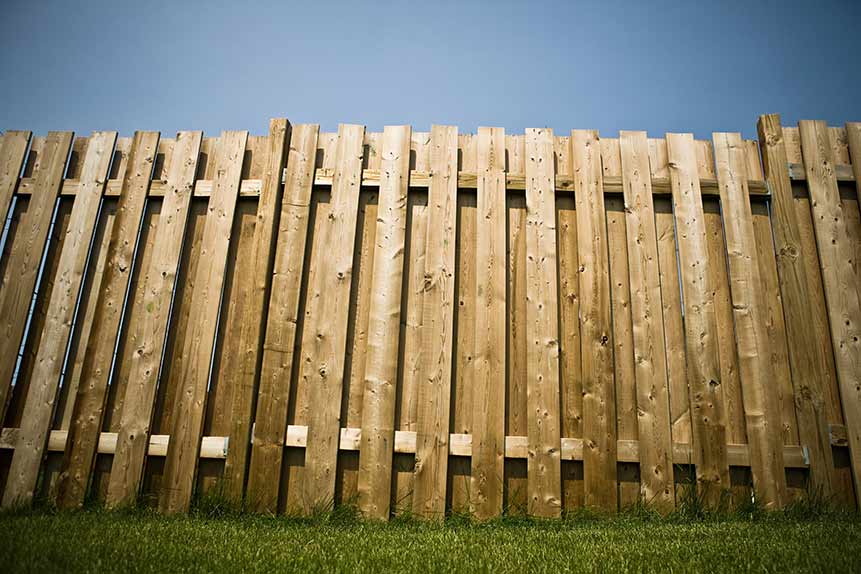
1. A FENCE MAKES IT EASIER FOR YOUR PETS TO HAVE OUTSIDE TIME
2. YOU CAN ADD FUN ADDITIONS TO YOUR PROPERTY
3. ADDITIONAL PRIVACY MAKES OUTSIDE PARTIES AND BONFIRES MORE INTIMATE
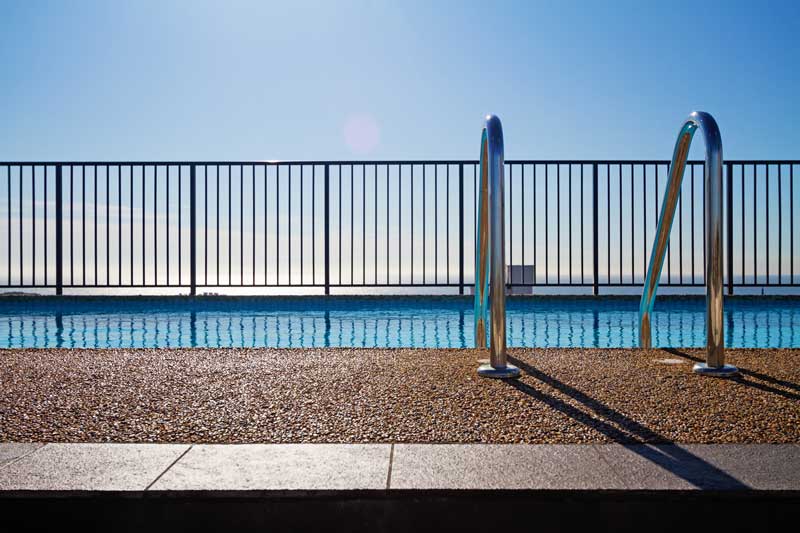
INCREASED SAFETY
INSURANCE SAVINGS
GREATER PRIVACY
STYLE ENHANCEMENT
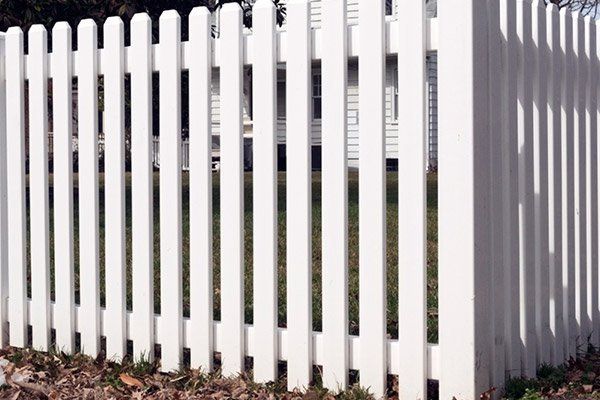
Vinyl fencing is becoming the go-to choice for homeowners who want the look of wood without the maintenance. Vinyl fencing does take an initial up-front investment that's more than wood fencing, but a vinyl fence can last 10 years or more with little maintenance.
While wood requires regular staining and inspection to prevent rot, vinyl fencing requires a yearly wash down with a hose. Vinyl fencing is also safer for pets and children because there's no chemicals or staining that can be toxic. What's more, vinyl doesn't splinter like wood does. Finally, vinyl fencing is made from recycled material, making it an eco-friendly option.
When you decide that you want a vinyl fence for your property, you have several options you can choose from to get the look and features you want.
VINYL PICKET FENCES
One of the most popular style of fences in any material is the picket fence. This consists of regularly spaced posts with a top and bottom rail connecting them. Vertical pickets are affixed to the rails in between the posts. Traditionally, picket fences were made of wood, but manufacturers have created vinyl options that consist of prefabricated panels of the posts, rails and pickets.
A white picket fence with a straight top is classic for most traditional home styles. With vinyl fencing, you can choose a smooth finish or one that resembles wood graining. You also have different options for post caps and picket styles. Another traditional style comes with a double rail on top so there's no exposed picket end.
Vinyl picket fences also come in different colors. Many resemble natural wood staining or neutral colors such as beige and gray. Any of these would be ideal if you want more of a rustic style picket fence, like for a farm or ranch style house.
ORNAMENTAL VINYL FENCES
A version of picket fencing is the ornamental fence. You often see these around gardens, though you can find them as the main fence. Ornamental vinyl fences feature different picket styles. For instance, the dogear or scalloped top fence features pickets with a concave top spanning from post to post.
If you choose a double rail top for your vinyl fence, you can also choose a style with rings instead of pickets between the two rails. This adds a decorative appeal to your fence.
You don't need pickets at all for your ornamental vinyl fence. You could choose panels that resemble lattice screens instead. The temptation to train plants along the lattice will be strong. However, talk to your fencing experts about how best to protect the fence before attaching the plants.
VINYL PRIVACY FENCING
Privacy fencing is another style that originated in wood. However, there are many vinyl panel options that can give you privacy. As with vinyl picket fencing, you have several colors and styles to choose from.
Standard vinyl privacy fencing features panels with posts, top and bottom rails, and a solid span of boards in between. Typically, manufacturers create panels with wood graining. Likewise, the popular colors for the panels resemble stained wood, though white is still a classic option. Privacy fencing can also have a specialty finish, such as stucco or stone.
One way to add visual interest is with the shape of the top. The traditional style is straight, but you could select a concave or convex top instead. Another option is to add a panel with a swoop to change the elevation of your fence top, like if you want to accommodate a slope. As with wooden privacy fencing, another adaptation is adding a lattice accent on the top.
Wooden fencing is beautiful but high maintenance. You can have a wood-look picket, ornamental or privacy fence without the need for staining if you choose vinyl. Visit Mid-State Fence to find a style of vinyl fencing that will complement your home.
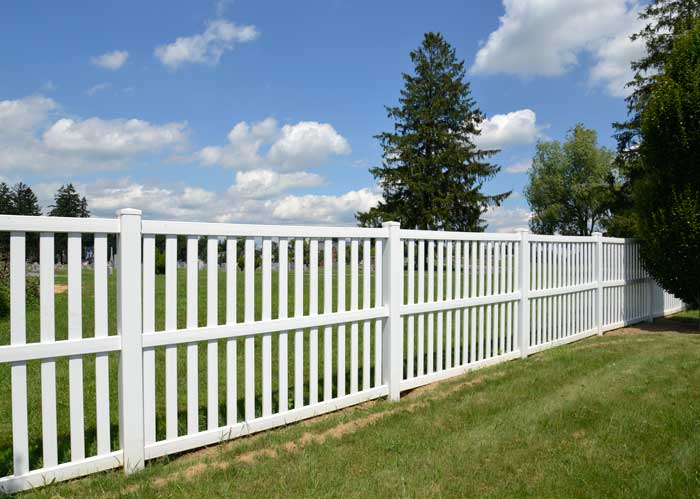
TALL FENCING
WIDE FENCING
ELECTRIC FENCES
NATURAL DETERRENTS




